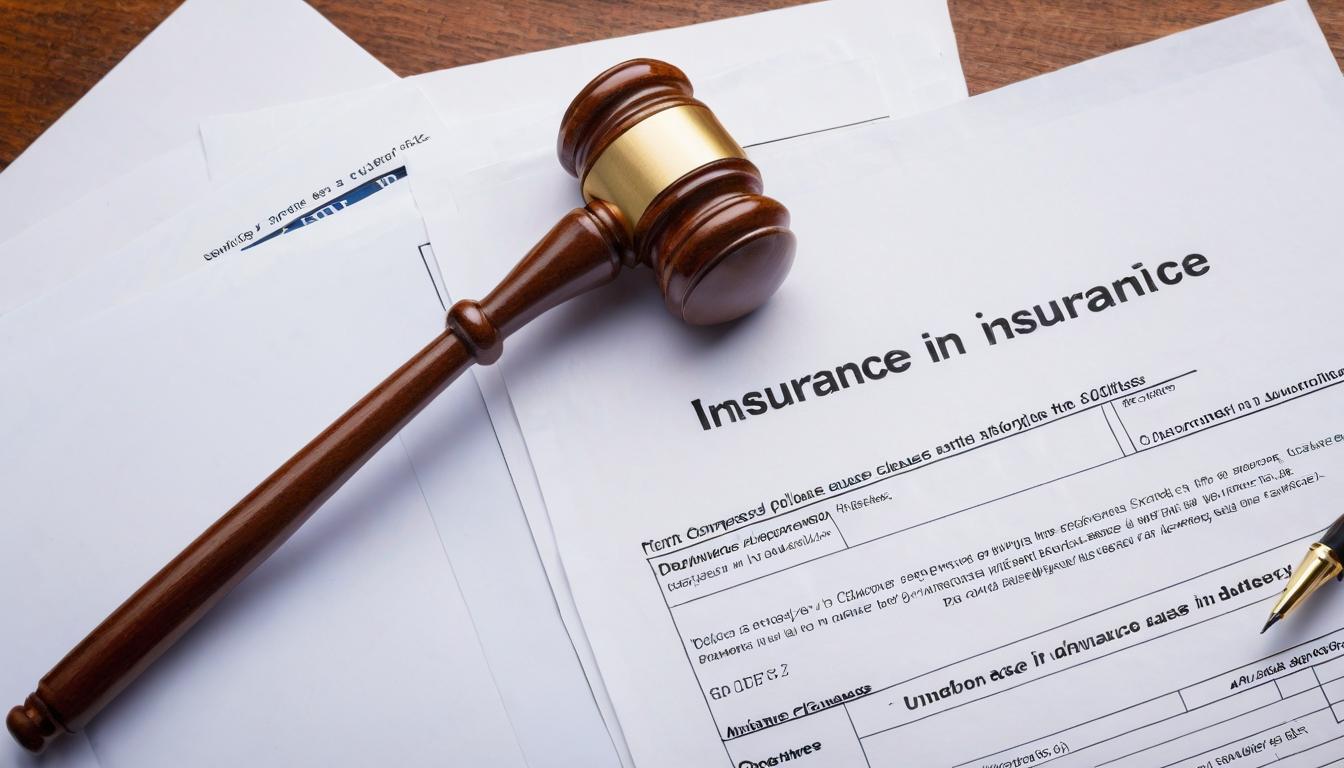When Sarah Thompson filed her claim after a kitchen fire destroyed her suburban home, she assumed her homeowners insurance would cover the full rebuild. She'd paid premiums faithfully for fifteen years, never missing a payment. But when the adjuster showed up, he pointed to a clause buried on page 37 of her policy—a sub-limit she'd never noticed that capped kitchen renovations at $25,000. Her actual costs? Nearly $85,000. Sarah's story isn't unique. Across America, policyholders are discovering that the fine print they glossed over contains financial traps that leave them dangerously underinsured.
Insurance companies have become masters of what industry insiders call 'coverage creep'—the gradual reduction of protection while maintaining or even increasing premium costs. The most dangerous exclusions often hide in plain sight, disguised as standard policy language. Water damage limitations, mold caps, and ordinance or law exclusions have become the new battlegrounds where claims are denied and families are left financially vulnerable.
One of the most concerning trends involves what's known as 'anti-concurrent causation' clauses. These provisions allow insurers to deny claims when multiple events cause damage, even if one of those events is covered. For example, if wind (covered) and flood (often not covered) both contribute to your roof collapsing, the entire claim might be denied. These clauses have become increasingly common since Hurricane Katrina, when insurers faced massive payouts.
Meanwhile, the rise of parametric insurance and AI-driven underwriting is creating new forms of discrimination that regulators are struggling to understand, let alone police. Algorithms now determine risk scores based on everything from your shopping habits to your social media activity, often without transparency or accountability. One former insurance executive, who asked to remain anonymous, confessed: 'We're building digital redlining into our systems, and most people don't even know it's happening.'
The commercial insurance market faces its own quiet crisis. Business interruption claims have become the new frontier of insurance disputes, with insurers increasingly relying on virus exclusions and other technicalities to deny COVID-related losses. Small business owners who thought they were protected found themselves facing bankruptcy when their claims were rejected based on interpretations of policy language written decades before anyone imagined a global pandemic.
Climate change is rewriting the rules of property insurance entirely. In wildfire-prone areas of California and hurricane-vulnerable regions of Florida, insurers are quietly withdrawing coverage or pricing policies beyond reach. The result is a growing protection gap that could have catastrophic consequences for both homeowners and the broader economy. Reinsurance companies are now demanding higher premiums and stricter terms, costs that inevitably trickle down to consumers.
The life insurance industry faces its own revolution, with accelerated underwriting and simplified issue policies creating new risks for consumers. While faster approval sounds appealing, it often means less thorough medical evaluation and potential gaps in coverage. Some policies now include 'activity exclusions' that could deny benefits if the insured engages in certain sports or hobbies.
What can consumers do to protect themselves? First, read your policy—actually read it, not just skim. Pay particular attention to the definitions section, where insurers often hide crucial limitations. Second, document everything before and after an incident occurs. Third, consider working with an independent insurance advisor rather than buying directly from company websites or call centers.
The insurance industry stands at a crossroads. As technology advances and risks evolve, the fundamental promise of protection is being tested. Regulators are beginning to take notice, with several states launching investigations into claims handling practices and policy transparency. But until meaningful reforms occur, the burden falls on consumers to become their own advocates in a system that often seems designed to confuse rather than clarify.
In the end, insurance should be about security and peace of mind. But as the fine print grows finer and the exclusions multiply, that fundamental promise feels increasingly distant. The question isn't whether you're insured—it's whether you're actually protected when disaster strikes.
The hidden risks lurking in your insurance policy that could cost you thousands

